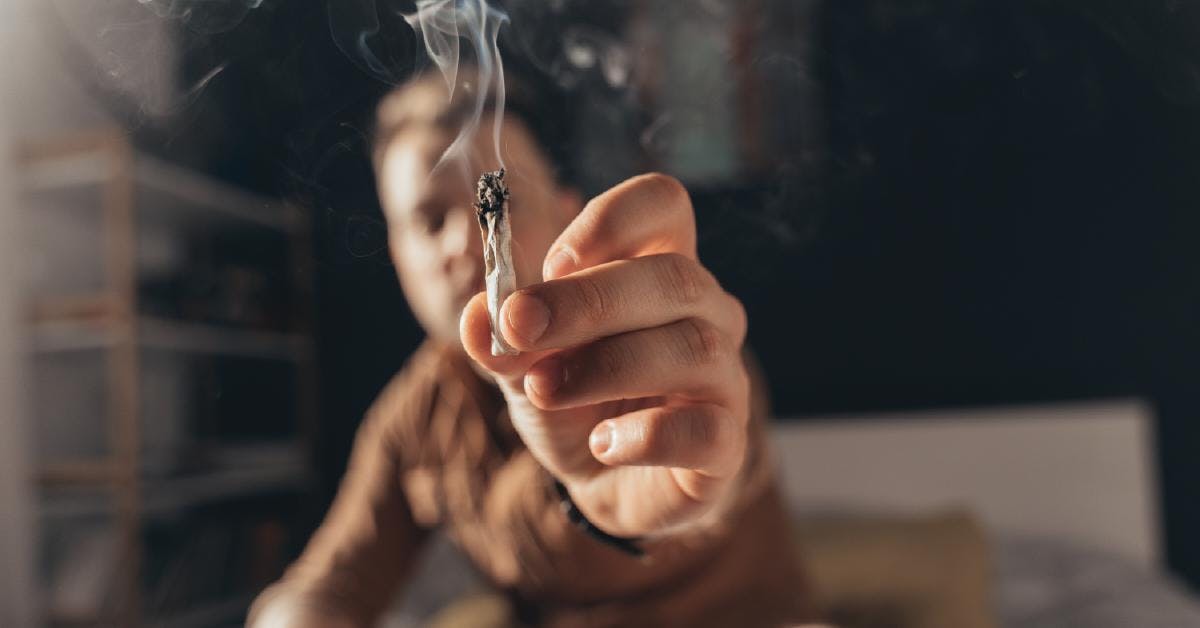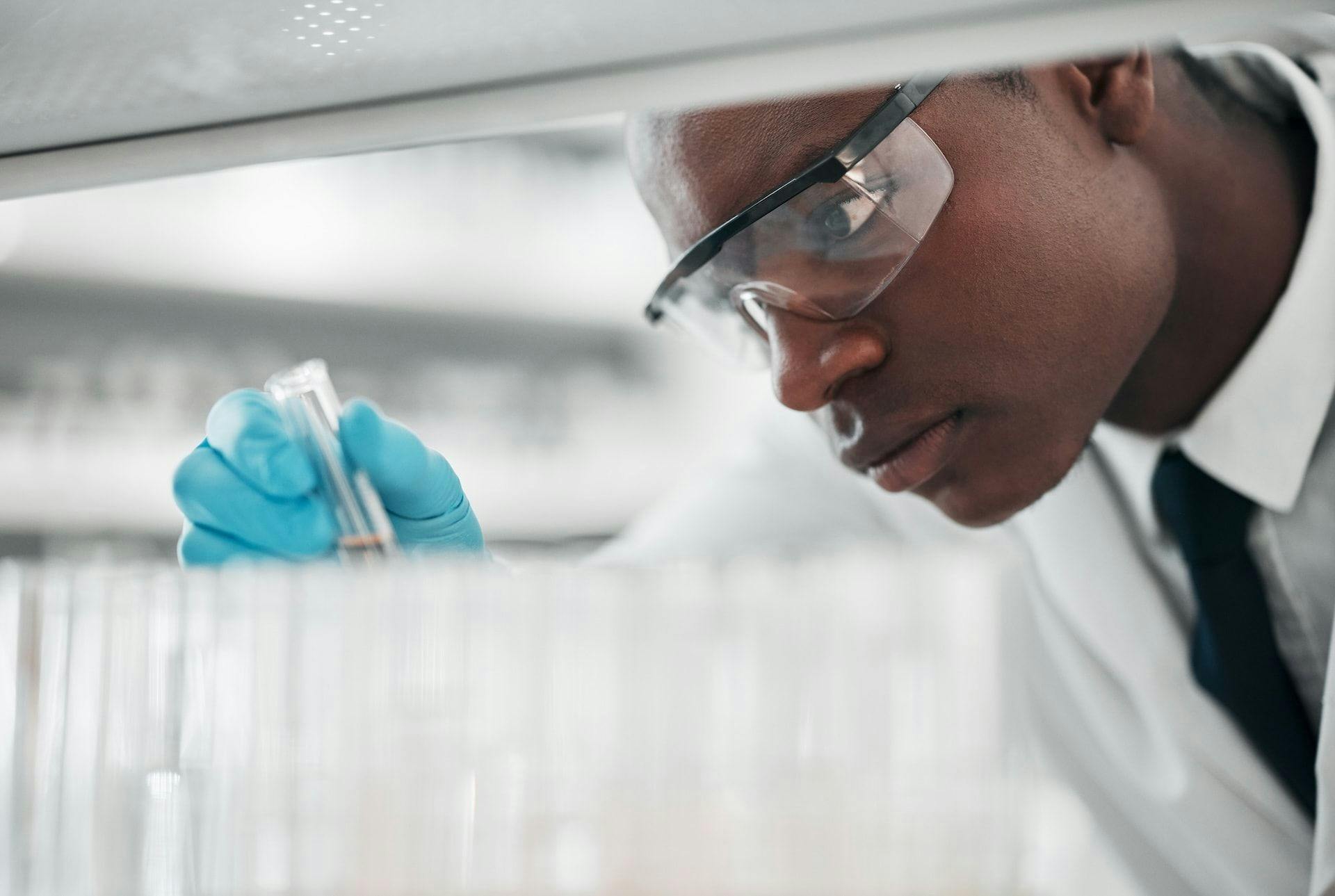Everything You Need to Know About Drug Testing
Drug testing. Despite its widespread use, a lot of people don’t understand how drug testing works or the various ways that a test can be performed.
If you’re in that camp, don’t fret. We’ve compiled the most important facts to give a simple view into the world of drug testing.
What is drug testing?
Drug testing, or drug screening, is a blanket term for any methodology that aims to detect a person’s drug use. It comes in many different forms, and each method tests for the presence of drugs a little differently.
Drug tests are commonly performed as part of a company’s pre-employment screening process, but they can also come in the form of random yearly testing, post-accident testing, reasonable suspicion, and more.
A key thing to remember is that drug tests only look for the presence of drugs in one’s system; Blood Alcohol Content directly correlates to a person’s impairment (being drunk). There isn’t an equivalent way to measure whether someone is high. Whether you smoked weed a week ago or right before you clocked into your shift, depending on the type of drug test, it would still show up as a positive result. This can pose an issue in states that allow the use of marijuana, either recreationally or medically; someone may have a positive result due to legally using it outside of work hours.
How is drug testing performed?
So what’s the difference between each drug testing method? There are three key factors we’ll highlight for each test: Collection Method, Window of Detection, and Detected Material.
- Collection Method is the organic matter that needs to be collected from the testee (aka the donor) to perform the test.
- Window of Detection is the timeframe in which a positive result can be obtained. For example, if someone had used cocaine three days before a drug test, a urine test might show up as positive, while a hair test may be negative, due to their different Windows of Detection. The window can also vary from person to person depending on factors like their metabolism and water intake.
- Detected Material is the substance that labs pick up or extract during testing to detect drug use.
Keep in mind this list is not comprehensive and doesn’t cover every type of testing, but these are some of the most common types.

Urine
Collection Method: Urine sample, at least 4 mL
Window of Detection: Days to weeks
Detected Material: Metabolites dispelled by the body after drug use, in mL
Urine-based tests are arguably the most common type of drug test, and the one you’re most likely to encounter in pre-employment drug screening. They’re popular due to the relative ease of the collection process and their ability to catch recent drug use.
Hair
Collection Method: Hair sample, about 2-5 mm in diameter at the root end. The hair can be collected from any part of the body, but the head is the most common site.
Window of Detection: Weeks to years of regular, repeated use
Detected Material: Drug content in mg, found via liquid or heat extraction
Hair tests are useful for getting an extensive look at a person’s drug history. Hair tests have the longest window of detection; they can pick up signs of drug use from as far back as five years in some cases.
Oral Fluid
Collection Method: Saliva sample, about 1mL
Window of Detection: Minutes to days
Detected Material: Metabolites found in saliva after drug use
Oral fluid tests are a relatively new type of drug test that’ve been making waves recently. They’re a popular alternative to urine testing as they’re easier to perform, less invasive, and harder to cheat. They also have the shortest window of detection, meaning they could detect drug use as soon as the same day. (We have a whole article about oral fluid testing here if you want to learn more.)
Instant Tests
Collection Method: Urine sample, at least 4 mL
Window of Detection: Days to weeks
Detected Material: Metabolites dispelled by the body after drug use, in mL
Also known as Rapid Point-of-Collection Testing (POCT), instant tests are a popular alternative to traditional urine testing due to the speed of the results they produce. The features of an instant test are almost identical to normal urine testing (same collection method, window of detection, and detected material) but the instant test can produce a negative or positive result within minutes, rather than the days-long process of traditional urine tests.
Why do drug testing?
Drug testing might seem overly strict in the modern age, especially as things like marijuana legalization continue to spread across the US, but there are stats that back up the fact that drug testing does make workplaces safer. Studies have shown that as more and more states legalize marijuana, the rate of post-accident positivity has increased significantly. Per the 2022 Quest Drug Testing Index , post-accident positivity rates reached a 25-year high in 2022, suggesting a direct correlation between marijuana use and on-the-job incidents.
Alternatively, the difference in positivity rates between businesses that have a consistent drug testing program and those that don’t is staggering. In 2022, the marijuana positivity rate for the general U.S. workforce was 4.3%. The marijuana positivity rate for federally mandated, safety-sensitive employees (who undergo mandatory pre-employment and random drug screening programs) was just 0.98%.
You made it!
Congrats! Hopefully after reading up on the facts, the concept of drug testing is a little less scary to you, and you have a better grasp of why employers may choose to use it in their pre-employment screening. Ultimately, it’s a tool for employers to ensure that their workplaces are safe. To learn even more about drug testing and how it could help you, check out our services page, and keep up with our newsroom for all the latest safety news.





